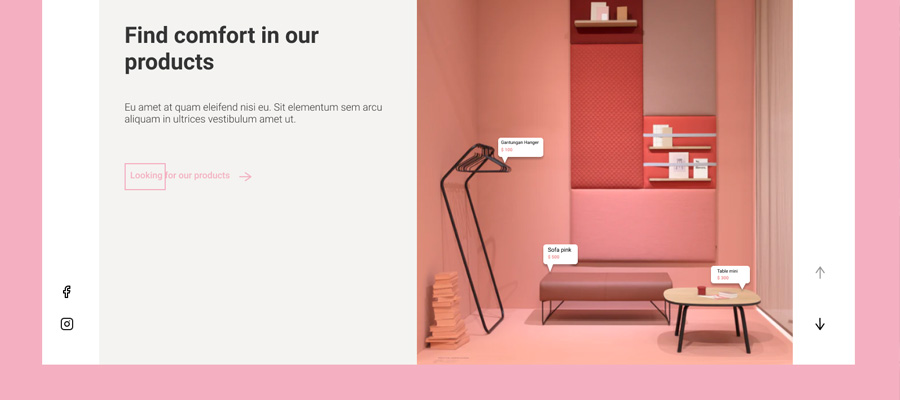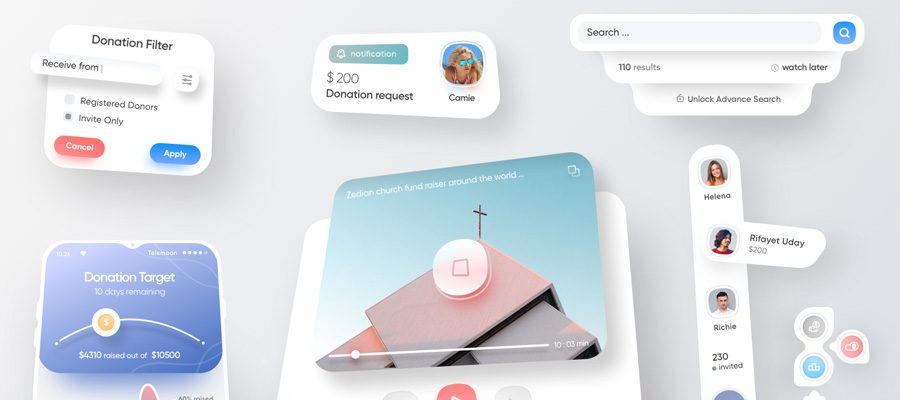Behavioral factors are gradually becoming an increasingly important factor for search engines, and one of the most important indicators that enter into their number is the failure rate. It is important not only to track it but also to try to influence. The lower it is, the better will be the behavioral metrics, higher conversion and a number of other factors, especially important for commercial projects like services providing research or academic paper help.
What Is the Failure Rate?
The failure rate records cases when a visitor "bounced" off your site, like a tennis ball from a wall. Failure is counted only if the user has visited the page and left it, without looking anywhere else. Some web analytics services consider the failure of too little time spent on the site (about 5 seconds), even if for these seconds he managed to open other 1-2 pages.

'Web development' by Kit8
The bounce rate is the saddest metric for the site administrator. A high failure rate indicates that the visitor most likely did not receive the information he needs, and he does not have any desire to get acquainted with other pages of your site. This is a kind of characteristic of the measure of interest in the site. The lower the percentage of bounce rate, the deeper people interact with the site. A high percentage, for example, 65%, indicates that 65% of visitors considered the resource uninteresting, not worth study.
If to move to a real store from a virtual one, then this is the situation when the buyer went inside, looked around at the entrance and went back. What can be sadder for sellers?
Why Do You Need to Work on This?
The fact is that for a highly visited site or individual pages, this indicator is extremely important. This is one of the metrics that affect the conversion, the optimization of which is the number one goal of any commercial project. Pages with a low failure rate encourage visitors to interact with the site, increasing the return on the traffic involved. A simple example is a catalog in an online store. The more its pages are viewed by a potential customer, the more likely he will decide to buy here.
Top Reasons Why Visitors Can Left Your Website in 1-3 Seconds
- Obsolete design;
- Irresponsible approach to choosing a font;
- The site uses obsolete plug-ins;
- The abundance of advertising;
- Autoplay of video or music;
- Inconvenient and incomprehensible navigation, which confuses visitors;
- Registration requirements are too complex and intrusive;
- The site lacks "individuality";
- The site is loading slowly;
- The user does not understand the benefits of your product;
- There is no call-to-action on the site;
- Your content or product does not meet the promise;
- The site is not mobile-friendly;
- You do not use exit intent-technology;
- Your site has been hacked;
- Popup windows;
- The site has not been updated for a long time;
- Obsolete information;
- Illiterate articles;
- No online consultant on the site;
- Long service time.
How to Reduce the Bounce Rate?
Regardless of where the users go to your site, if the percentage of refusals is low, then you can be sure that they were given exactly the information that they expected to see. Although absolutely successful advice does not exist, and much depends on the niche and other factors, there are several ways to affect the percentage of failures, toward reducing it. You can use any of them for implementation on your website.
Attract the Right Traffic
It is important that the page is not just created in conformity with certain keywords, but also sufficiently reveals the topic, solving the problem of the visitor is interested in. Make sure that the queries you are targeting correspond to the content that you are creating. Traffic analysis can show that transitions are carried out by not very relevant keys. So, you need to rethink the landing pages, supplement or update their contents.
Re-Linking and Recommendations
How many internal links to other site materials are inside your content? Do not ignore such a simple thing as internal linking, putting links from new pages to already existing ones, and vice versa.
Another important point is the recommendations of relevant content on information sites and similar products on the product card in the online store. This is a bonus to the quality of navigation, and an incentive for the user to proceed with study of the site.
Structured Content
No one now is interested in reading solid sheets of text on several screens. The modern user reads "diagonally", and this is already a proven fact. He uses scrolling, in search of interesting moments, which are worth paying attention to.
Use subtitles, selections, lists, quotes and other formatting elements to improve the content structure. If possible, add graphics and video, make the page visually richer. Reasonable diversity does not hurt.
Structuring content using various formatting elements makes it more understandable, allows readers to quickly "scan" text, and determine the points at which the content is located, which most closely matches his query.
Work on the Quality of Content
Partially, this point intersects with the previous one, but such an analysis will take more time anyway. If you want visitors to your site to stay and see more than one page of it, make it worth the time they spent.
How to do it? Take a list of site pages with a high bounce rate, and compare with the results from the Top 10 issuance on competitors' resources. Find the answer to the question that can increase the value of your content. Perhaps there are not enough figures or facts, illustrations, maybe it's worth adding an expert comment, etc.
Increase the Speed of Loading Pages
Many people are not willing to wait more than a few seconds to load the page they visited. Make sure that the site is working quickly. Find a solution to how to increase its speed.
Sometimes the site owners believe that if the bounce rate is high, then the problem lies in the content plane of the page. In fact, a serious problem is that a person can not even read it because everything is loaded too slowly.
Adaptive Design
The number of people who go online using their smartphones and tablet PC’s is constantly growing. If you do not optimize the site for mobile traffic, then you will lose it. If a few years ago this was still tolerable, now it is unlikely that someone will use the site with small buttons and font, put up with the need to zoom and use scrolling, in search of the necessary information.
Changes in search algorithms that take into account the level of optimization of sites in the issuance of mobile are another argument in favor of such a solution. Implement the adaptive version of the design. It's not superfluous to make sure the site is working correctly by checking it with your smartphone.
Do Not Distract Attention
Marketing techniques such as pop-up windows are good only if they are used correctly. And it is worth considering if there was a temptation to place something more intrusive, for example, an animated banner.
Users react negatively to what distracts them from consuming the necessary information, or, tries to get their attention too aggressively. The reaction of the majority to such irritants is to close the browser tab as soon as possible.
Use Calls to Action
If you do not have a content project, you need the visitor to perform a certain conversion action when visiting the site. Sometimes he is interested in this, but he does not quite understand what and how to do next. Tell him, using various calls for action.
For lending, it can be filling out the form and sending the application, for the online store - buying, for some other project - subscribing to the newsletter, go to a specific page, etc. Just do not overdo it. Do not overload the user with dozens of CTA, focus the attention on really important things.
Update Outdated Information
If your article has not lost popularity for the third consecutive year, then it's excellent! If the information is out of date, visitors will leave the site. For example, there have been changes in the legislation, or, there is something completely new among products or technologies.
If you are betting on "evergreen" content while promoting the site, it will not be superfluous to allocate time for the analysis of published materials from time to time. It will be useful to update the information. It is always likely that the relevance of some of articles will eventually decline.
Provide Cross-Browser Compatibility
It happened that users who stubbornly do not want to use any other browsers for surfing, except Internet Explorer (a decade ago version), persecutes many site owners. And there's nothing you can do about it, such people can not be persuaded.
Therefore, do not forget about this, and it's not superfluous to make sure that the site is normally displayed in all browsers. To do this, use the appropriate report in the analytics, and if on any of the browsers the average percentage is 20% higher than the rest, there may be a problem.
Evaluate the Design with a Fresh Look
A poorly designed, uncomfortable site with confusing navigation, can be a real punishment for the visitor. When it is completely unclear how to find the information you need, it is not surprising that people leave.
Concluding Remarks
As you can see, the topic of working on improving the bounce rate is quite extensive. Although, there is nothing complicated here, and when implementing changes, more time will be spent on data collection and interpretation than on work on the site itself. Nevertheless, get down to business today!




















